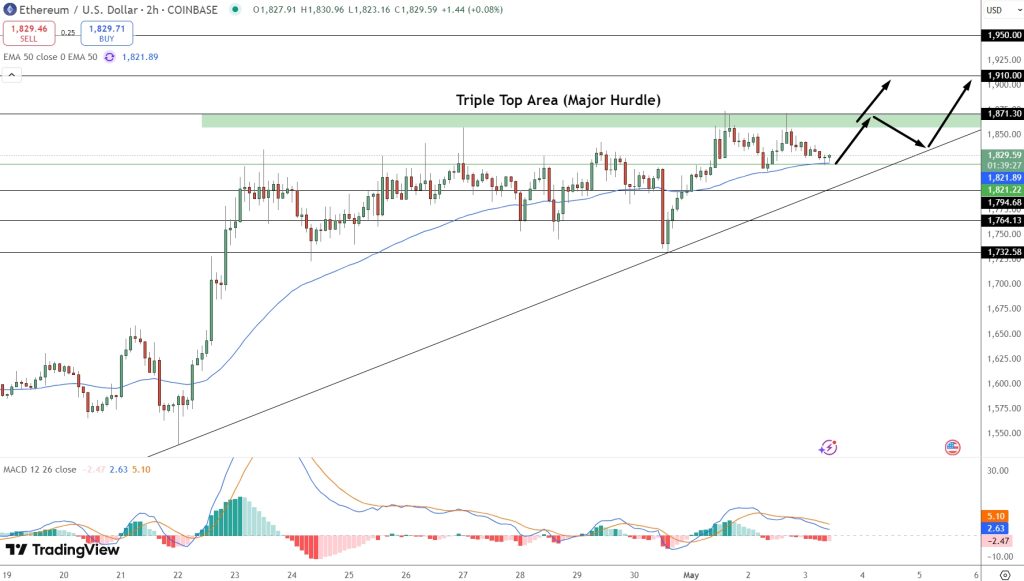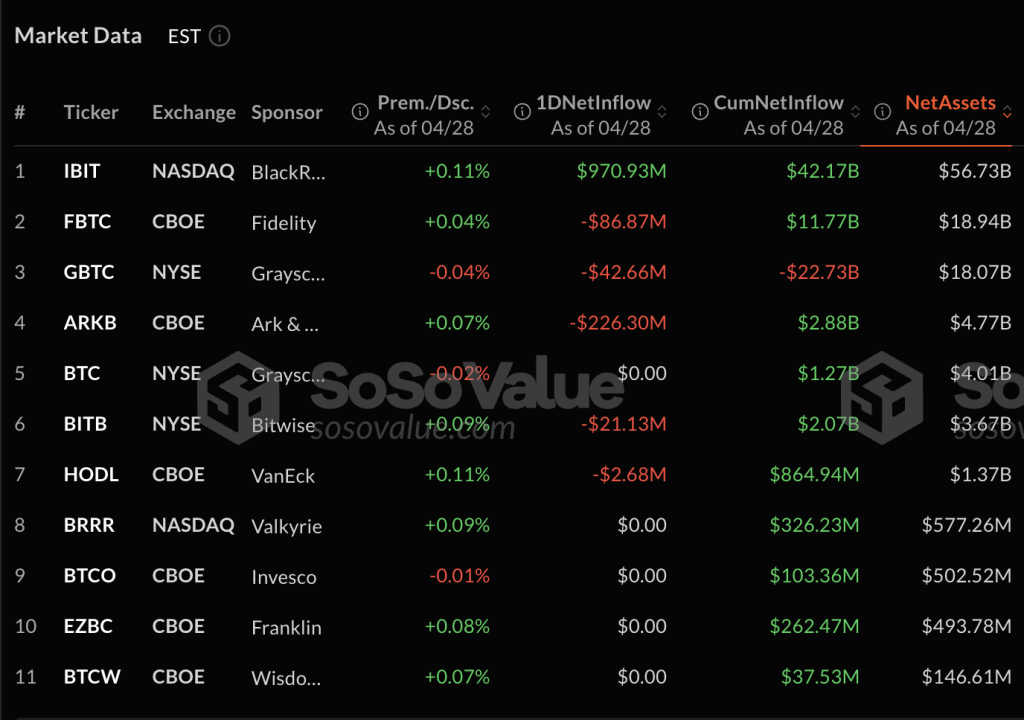NEW YORK, NY – SEPTEMBER 19: National Football League commissioner Roger Goodell speaks during a … [+]
Getty Images
An imbalance between a leader and their team is only natural. There is a hierarchy among bosses and employees, coaches and players, and teachers and students. In practice and, according to most workplace policies, there are boundaries to ensure professionalism and probity.
There is a gray line to professional boundaries; it lies between friendliness and approachability, and animosity. More often than not, it simply means the relationship between a leader and their team pauses at the door, so to speak. Comity during work hours, accountability when needed, and that is the entirety of the relationship.
There are exceptions. With the annual NFL Draft this weekend, one glaring aberration to treating a leader with respect is staring us in the face: NFL Commissioner Roger Goodell is consistently verbally tormented by fans of the sport.
As is customary, the commissioner stands on the stage and announces each team’s pick for the draft’s first round. Regardless of the fans feelings towards the team picking or the player being picked, a thunderstorm of boos rains down simply because Goodell is the one announcing the decision. To properly do his job, Goodell has no choice but to withstand this overwhelmingly negative reaction.
Outwardly, the commissioner puts on a smile and reads the card. He hugs the player whose life has just changed forever, and then repeats the process while seemingly tolerating the grueling fan response for all 32 teams.
We do not know for sure, but his inner feeling about the fans reaction is unlikely to match what he outwardly shows. It is much more likely that Goodell would prefer a more welcoming fan response; one of respect and even admiration.
This is just one example, but Goodell is undoubtedly not alone as a leader. A 2022 survey of U.S. workers found that some two-thirds of employees (64%) are unsatisfied with their boss, and almost half (46%) reported leaving a job because they felt unappreciated.
There are two options: A leader can let the negativity sink them in a way that will eventually reverse the roles, displacing them from being in charge, or, and this is hard, they can not take it personally and harness the true power of negativity by seeking out good-faith input from their team and amend their behavior.
The Meaning Of Negativity
Negativity is not just doom and gloom. This is only half of the concept, albeit the half most people see. Hidden in plain sight is the other part: it’s a way for us to define words and actions by distinguishing them from another.
In other words, negativity highlights the positive by separating it from nothingness and otherness. We need to notice the deficiency and disagreement of negativity to be sure of its counterpoint; the constructive and optimistic nature of positivity.
This is essentially the idea behind a trial-by-error methodology. We can only know what works once we appreciate what does not. The fan reaction to Roger Goodell can be a starting point for the commissioner to turn himself into a positive figure by nailing down exactly where the negative response stems from.
Furthermore, this is generally true for all leaders. Aside from the obvious and illegal words and actions that do not belong in any place of work, it can be difficult to discern how best to approach leadership and what the strategies are for optimizing your team’s productivity and mood.
Instead of taking the adverse reactions to your management style or decisions as a sign that you, personally, are disliked, change your philosophy. It’s an opportunity to turn negativity into insight.
Credit: Source link











